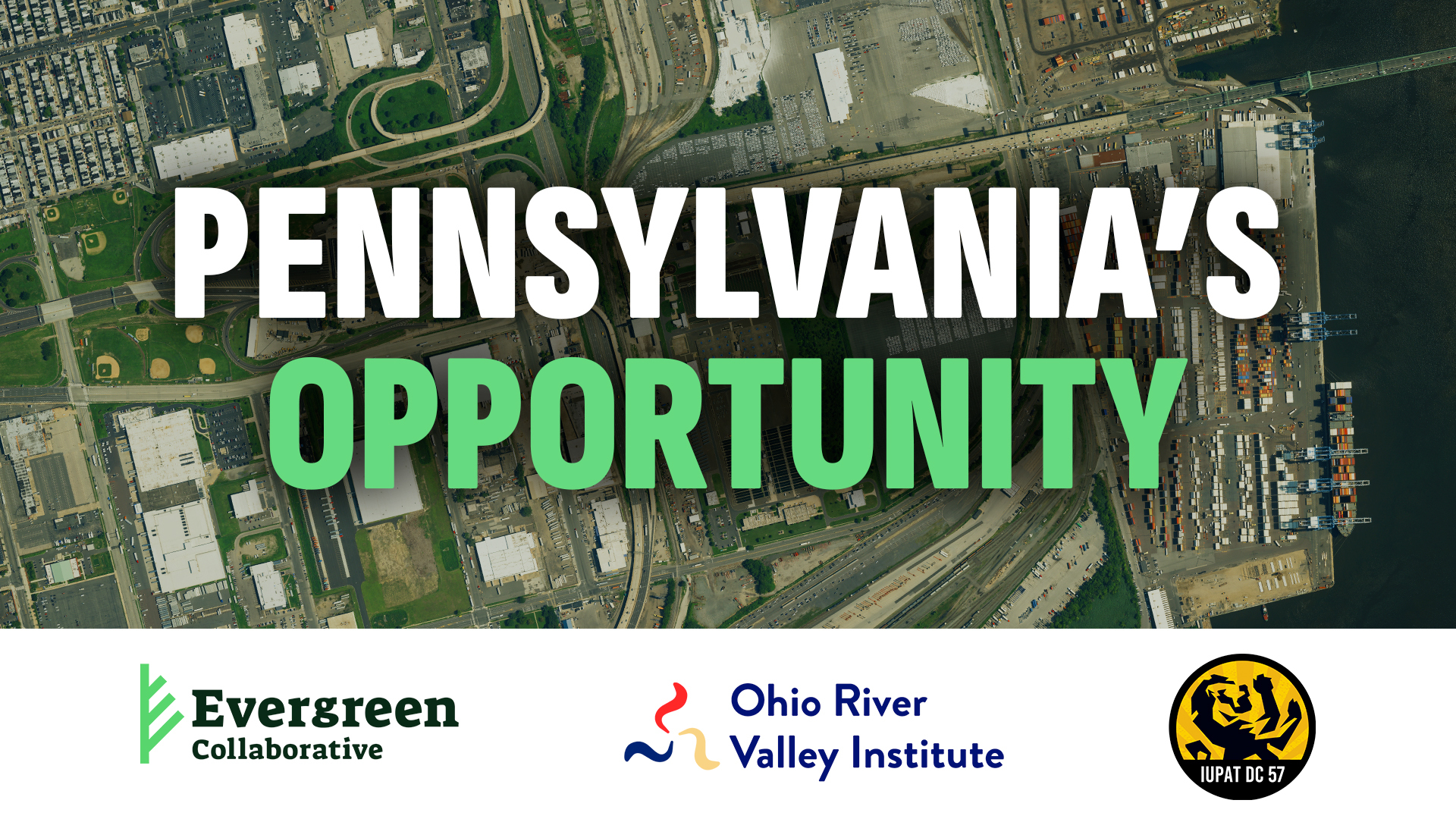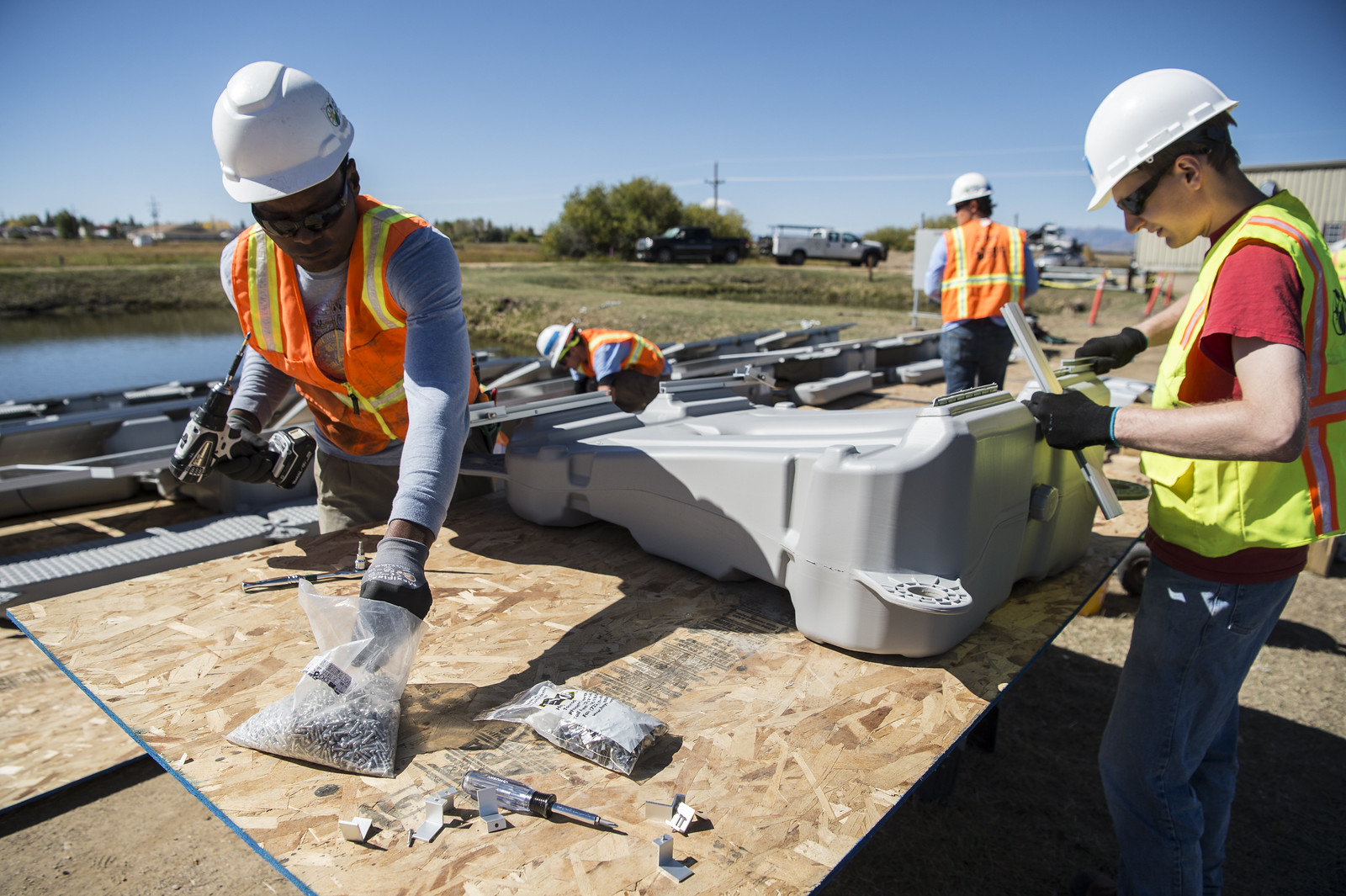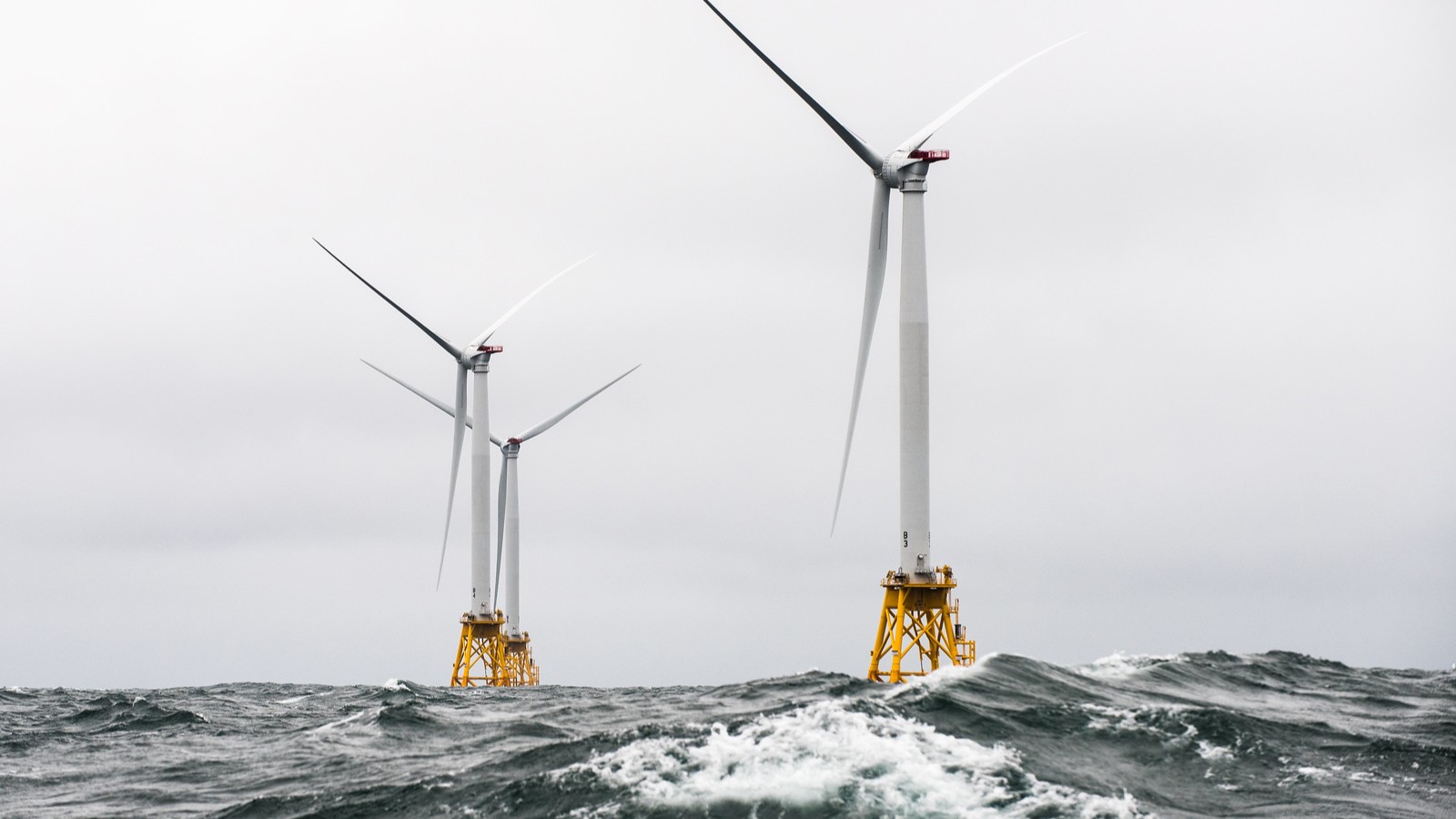Heavy industry is Pennsylvania’s biggest source of climate pollution. Beyond warming the climate, industrial pollution is responsible for a slew of environmental health concerns in frontline environmental justice communities. Now, Gov. Josh Shapiro’s administration is taking a big step forward by pursuing major federal funding to slash industrial emissions across the Commonwealth and grow the clean industries of the future that will keep Pennsylvania competitive in the 21st century global economy.
The Environmental Protection Agency’s (EPA) Climate Pollution Reduction Grants (CPRG) Program, designed to incubate a wave of state climate action, is tailor-made for Pennsylvania. New investments from the Inflation Reduction Act (IRA) and Infrastructure Investment and Jobs Act (IIJA) are catalyzing a clean energy boom across the country. The CPRG program is a critical “force multiplier” that can empower subnational leaders to seize these opportunities and leverage greater public and private sector investments in climate solutions. Importantly, the program is designed to achieve near-term reductions in climate pollution that would not otherwise occur absent this federal investment—and effective applications in individual states can create scalable, replicable models for climate action.
Pennsylvania seeks to take full advantage of the CPRG’s Implementation Grant competition, applying for the largest funding tier to tackle a heavily polluting sector that would otherwise keep polluting at unsustainable levels. In its proposed RISE PA grant program, the Shapiro administration would allocate $440 million in flexible grants for industrial facilities to pursue decarbonization projects from 2025 to 2030 with three stipulations:
- For medium- and large-scale industrial decarbonization projects, the grantee must achieve pollution reductions of at least 20 percent
- Every project must pay at least the local prevailing wages for construction, alteration, or repair
- At least 15 percent of the labor hours on most projects must be completed by apprentices
RISE PA would also offer a Community Benefits Bonus for projects located in disadvantaged communities that submit a community benefits plan, and a Fair Labor Bonus for projects that make collective bargaining commitments and dedicate resources for local hiring and workforce development.
Taken together, these requirements and incentives ensure that RISE PA would drive meaningful pollution reductions while creating good jobs and a durable career pipeline for workers. Evergreen and the Ohio River Valley Institute commissioned analyses to study the full potential of those climate and economic impacts. Our findings show that CPRG funding for RISE PA would have sweeping benefits for both climate and jobs across the Commonwealth.
Decarbonization of Pennsylvania’s Industry
Heavy industry is a complicated sector to decarbonize, with processes requiring burning fuels for high heat, producing climate pollutants through unavoidable chemical reactions, and more. Despite those challenges, a report from Strategen identified several key decarbonization pillars that could drive pollution reductions in Pennsylvania’s industry.
Energy efficiency measures and electrification stood out as the highest-impact approaches in the short term with significant potential for job growth. Both pathways incorporate established market-ready technologies, including industrial heat pumps and thermal energy storage with significant co-benefits. Increased efficiency will bring significant cost savings for manufacturers, given that a typical industrial plant spends 30-50 percent of its operating budget on energy, while electrification will continue to drive decarbonization as the grid grows cleaner. Together, industrial efficiency and electrification would cut nearly 3.5 million metric tons (MMT) of carbon dioxide-equivalent pollution (CO2e) from 2025 to 2030 and nearly 7 MMT CO2e from 2025 to 2050.
All told, RISE PA would cut pollution by more than 5.2 million metric tons of carbon dioxide-equivalent from 2025 to 2030 and nearly 9.2 million metric tons from 2025 to 2050.
Heavy industry’s varied decarbonization pathways also offer an exciting opportunity to pursue community benefits. RISE PA will place a high premium on projects that positively impact the surrounding community through its Community Benefits Bonus. Strategen’s report details those potential benefits for each industry. For example, decarbonizing fossil fuel extraction would have meaningful health benefits for nearby residents, as those facilities are heavily concentrated in frontline communities that suffer from increased rates of asthma, heart disease, and other illnesses as a result. RISE PA offers an opportunity to rectify these injustices.
Industrial Decarbonization Means Jobs
In addition to reducing pollution, RISE PA will bring significant economic benefits to the Commonwealth. In a recent analysis, BW Research found that RISE PA would create 6,000 new direct and indirect jobs (in job-years). The retrofits and new construction funded by RISE PA would require painters, electricians, pipefitters, carpenters, and more.
Fulfilling this new workforce demand will be a key challenge for the Commonwealth, but RISE PA is well-positioned to meet that challenge. Many of those critical occupations are heavily unionized, which will help employers connect with skilled workers. The program’s Fair Labor Bonus will also help meet project labor demands and cultivate a new generation of workers in construction and retrofit fields. These key programmatic details ensure that RISE PA will effectively create jobs while cutting climate-warming pollution.
What’s Next for Pennsylvania
In accordance with the April 1 deadline, Pennsylvania has submitted its application for a $475 million CPRG Implementation Grant to fund RISE PA. Our organizations were pleased to provide independent technical assistance and stakeholder engagement support to help inform the Pennsylvania Department of Environmental Protection's Implementation Grant application.
EPA will be making award decisions this summer based, in part, on the below key criteria:
-
- Funding need
- Emissions reduction potential between from 2025-2030 and 2030-2050
- Community benefits, centered on low-income and disadvantaged communities
- Job quality
- Stakeholder consultation and readiness to implement proposals
Based on these criteria, Pennsylvania’s application should be extremely competitive and deserves full consideration from EPA.



